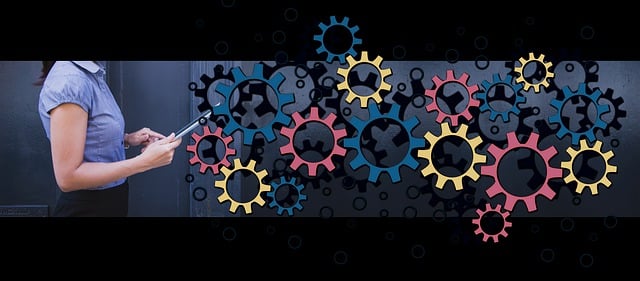Water conservation through low-flow fixtures and water-efficient appliances is a sustainable practice that reduces environmental impact and lowers utility costs. Upgrading to these fixtures, such as efficient showerheads and toilets, can save up to 60% on water bills while maintaining performance. Top brands like GE Appliances and LG offer eco-friendly models with advanced water-saving features, certified by Energy Star and WaterSense, ensuring long-term savings for your wallet and the planet.
Upgrading to water-saving appliances is a smart step towards sustainability and cost efficiency in your home. This article guides you through the process, from understanding the benefits of water conservation to identifying and installing low-flow fixtures. We explore various types of low-flow fixtures, easy installation processes, and energy efficiency that makes these upgrades a win-win. Discover top brands and tips for choosing sustainable home appliances, all focused on reducing water consumption through powerful yet frugal low-flow technology.
- Understanding Water Conservation and Its Benefits
- Identifying Low-Flow Fixtures: The Core of Water-Saving Appliances
- Types of Low-Flow Fixtures: From Showers to Toilets
- Installation Process: Making the Switch Easy
- Energy Efficiency and Cost Savings: A Water-Saving Win-Win
- Top Brands and Tips for Choosing Sustainable Home Appliances
Understanding Water Conservation and Its Benefits

Water conservation is a crucial practice that involves using resources efficiently and responsibly. By adopting water-saving habits, individuals can significantly reduce their environmental impact while also lowering utility bills. Understanding the importance of preserving this precious resource is the first step towards making sustainable choices.
Upgrading to low-flow fixtures like efficient showerheads and faucets is an excellent way to contribute to water conservation. These innovative designs incorporate advanced technologies to deliver powerful performance while using less water. In addition, installing water-efficient appliances in your home ensures that everyday tasks, such as washing clothes or dishes, become more eco-friendly without compromising on quality or results.
Identifying Low-Flow Fixtures: The Core of Water-Saving Appliances

Identifying low-flow fixtures is a critical step in upgrading to water-saving appliances. These fixtures, designed with innovative technologies, significantly reduce water consumption without compromising performance. From showerheads and faucets to toilets and washing machines, low-flow options are widely available and easily installable, making them accessible for homeowners and businesses alike.
Low-flow fixtures work by delivering water at a lower pressure while still providing adequate flow rates, ensuring efficient usage. By choosing these appliances, you can significantly cut down your water bill and reduce the strain on local water resources. Additionally, their eco-friendly design contributes to a more sustainable future, making them a smart investment for anyone looking to minimize their environmental impact.
Types of Low-Flow Fixtures: From Showers to Toilets
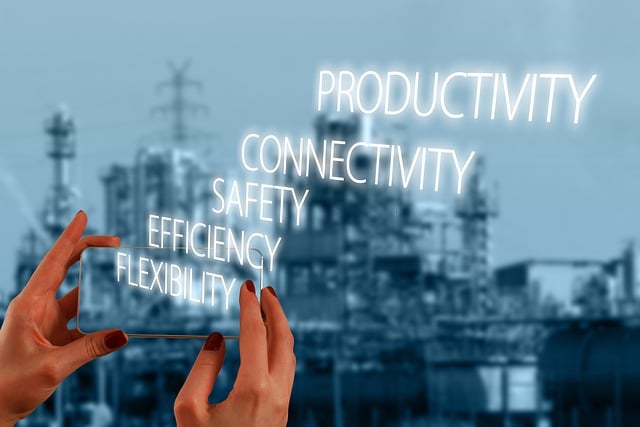
Low-flow fixtures are a key component in any water conservation strategy, offering an easy and effective way to reduce water usage without compromising on performance. These fixtures are designed to minimize water flow while maintaining efficiency, making them ideal for homes looking to cut down on their water bills and environmental impact. Among the most common low-flow fixtures are showerheads and toilets.
Showerheads, for instance, use advanced technologies like aeration or laminar flow to mix air with water, creating a sensation of full coverage without the excess volume. This simple upgrade can lead to significant water savings—as much as 50% compared to standard models. Toilets, another major area of water usage in homes, also have low-flow options that use less water per flush, ensuring efficiency without sacrificing cleanliness. These fixtures are not just about saving water; they’re also designed to reduce strain on plumbing systems, leading to longer-lasting pipes and fewer clogs.
Installation Process: Making the Switch Easy
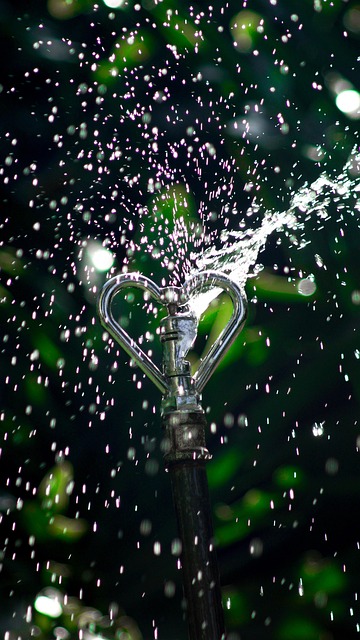
Upgrading to water-saving appliances is a straightforward process that can be accomplished with minimal effort. Many modern water-efficient models are designed to be compatible with existing plumbing systems, making installation a simple matter of replacing old fixtures with new low-flow alternatives. This switch includes showerheads, faucets, and toilets—all of which contribute significantly to household water consumption.
Homeowners can choose from various low-flow fixtures tailored to their preferences and budgets. These appliances are not only eco-friendly but also cost-effective in the long run. Many modern designs offer excellent performance while reducing water usage by up to 60% compared to traditional models, making them a smart investment for any household aiming to conserve water.
Energy Efficiency and Cost Savings: A Water-Saving Win-Win
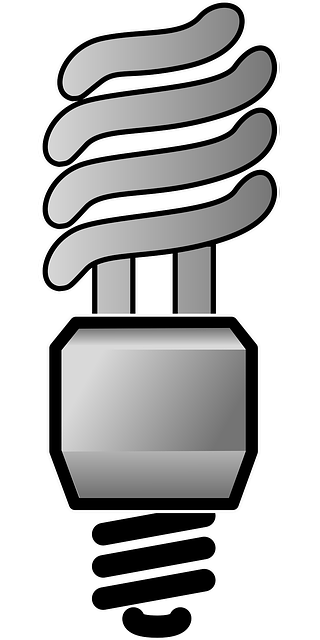
Upgrading to water-saving appliances isn’t just an eco-friendly choice; it’s a smart financial decision too. Low-flow fixtures, like water-efficient showerheads and faucets, significantly reduce water consumption without compromising performance. By cutting down on water usage, these appliances lower your utility bills, as water heating accounts for a substantial portion of energy expenses in many homes.
Moreover, the energy efficiency of modern water-saving appliances goes hand in hand with reduced environmental impact. Many low-flow models are designed to minimize energy use, further lowering your carbon footprint. In the long run, these savings can add up to considerable amounts, making it a win-win for both your wallet and the planet.
Top Brands and Tips for Choosing Sustainable Home Appliances
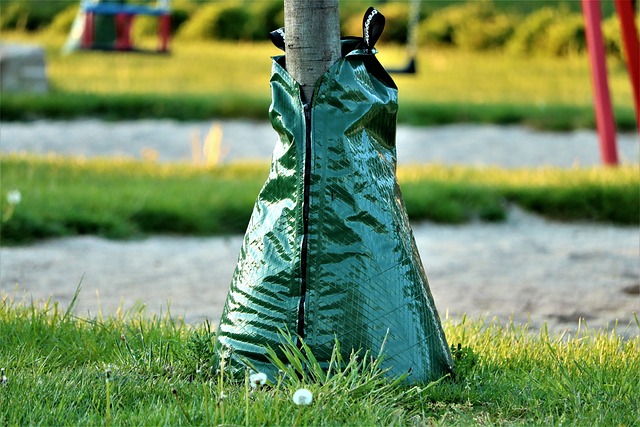
When it comes to choosing sustainable home appliances, several top brands stand out for their commitment to environmental responsibility. Look for names like GE Appliances, known for its innovative water-saving dishwashers and refrigerators that boast advanced technologies like AquaBlade and ColdFlow, reducing water usage significantly. Another brand to consider is LG, which offers a range of models with ENERGY STAR certification, including their high-efficiency washing machines equipped with features like Smart Diagnosis and WaterSense-approved low-flow fixtures.
Tips for selecting sustainable appliances include checking the Energy Star label, ensuring they have WaterSense certification, and opting for models with advanced water-saving technologies. Additionally, consider the overall efficiency of the appliance—look for options with lower water and energy consumption ratings. Remember to compare features and prices, as some brands may offer eco-friendly models at competitive prices.
